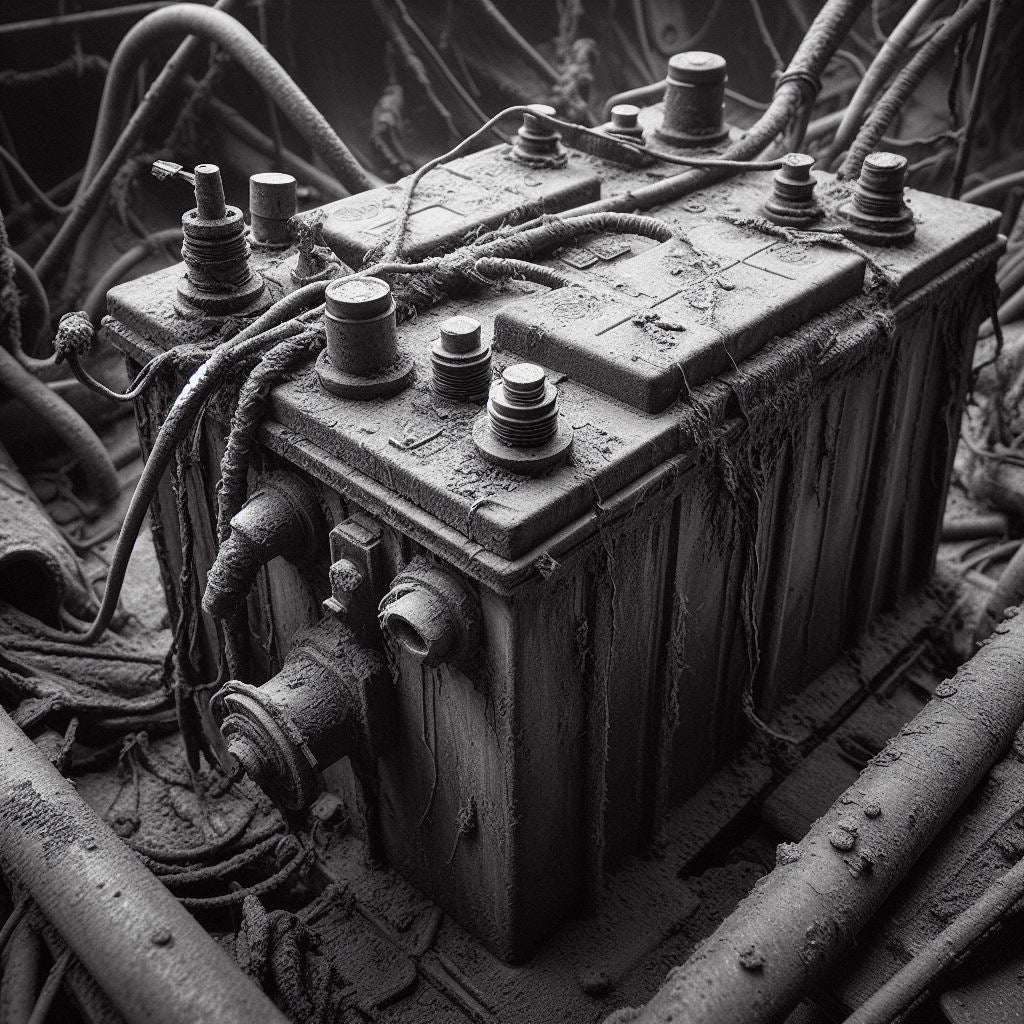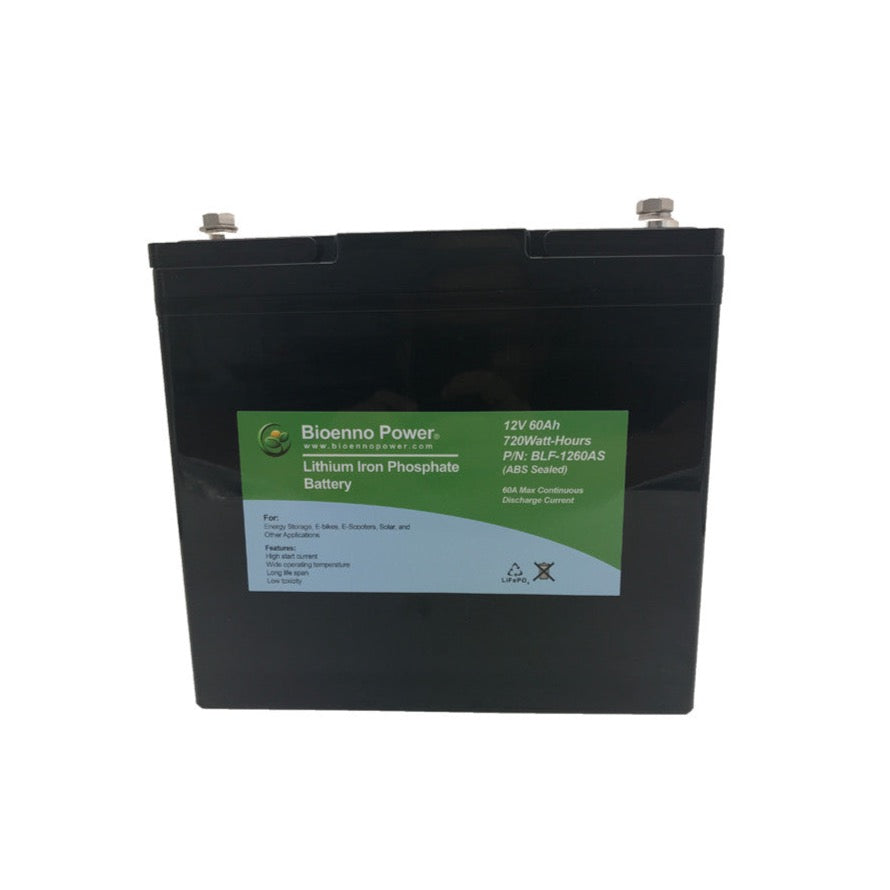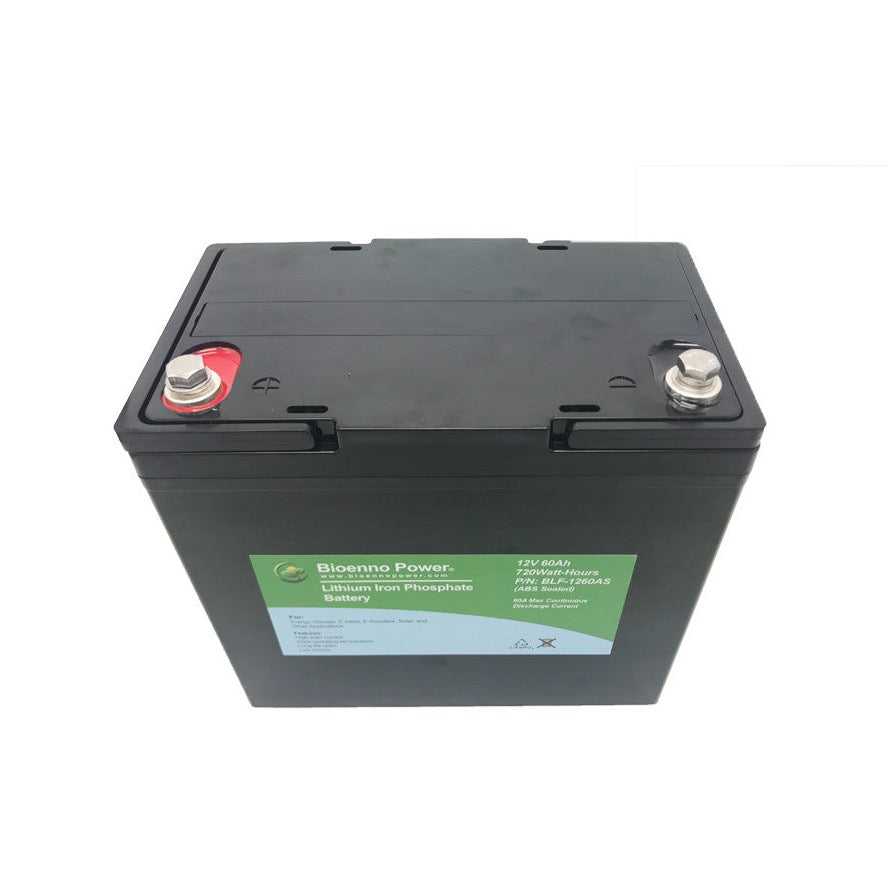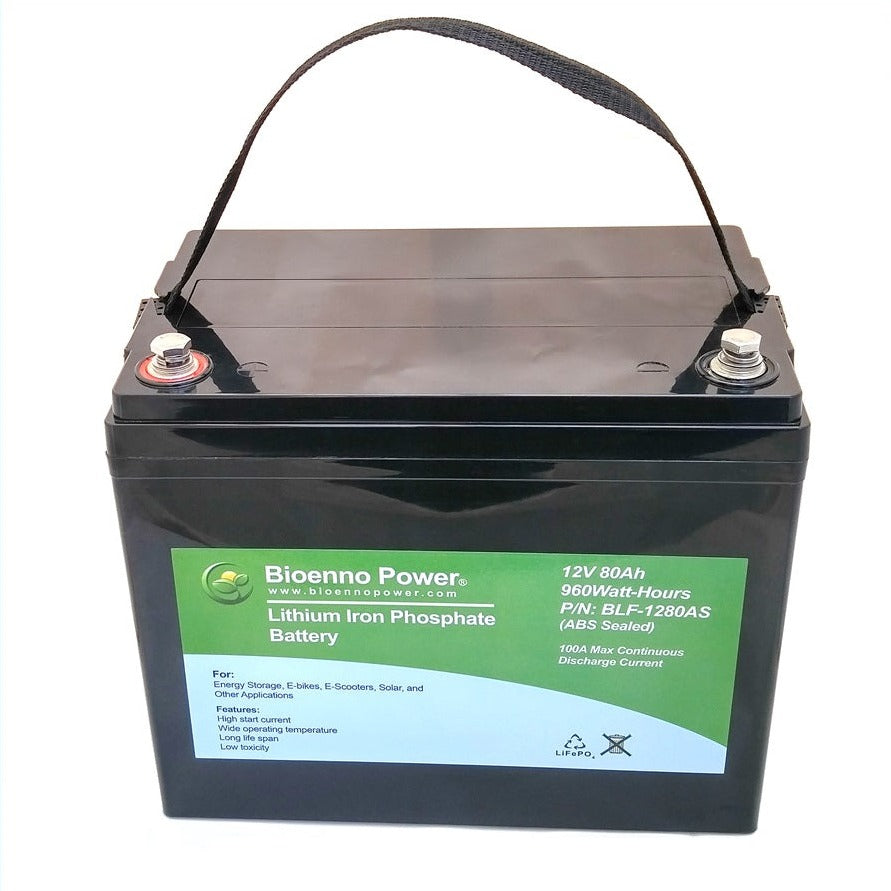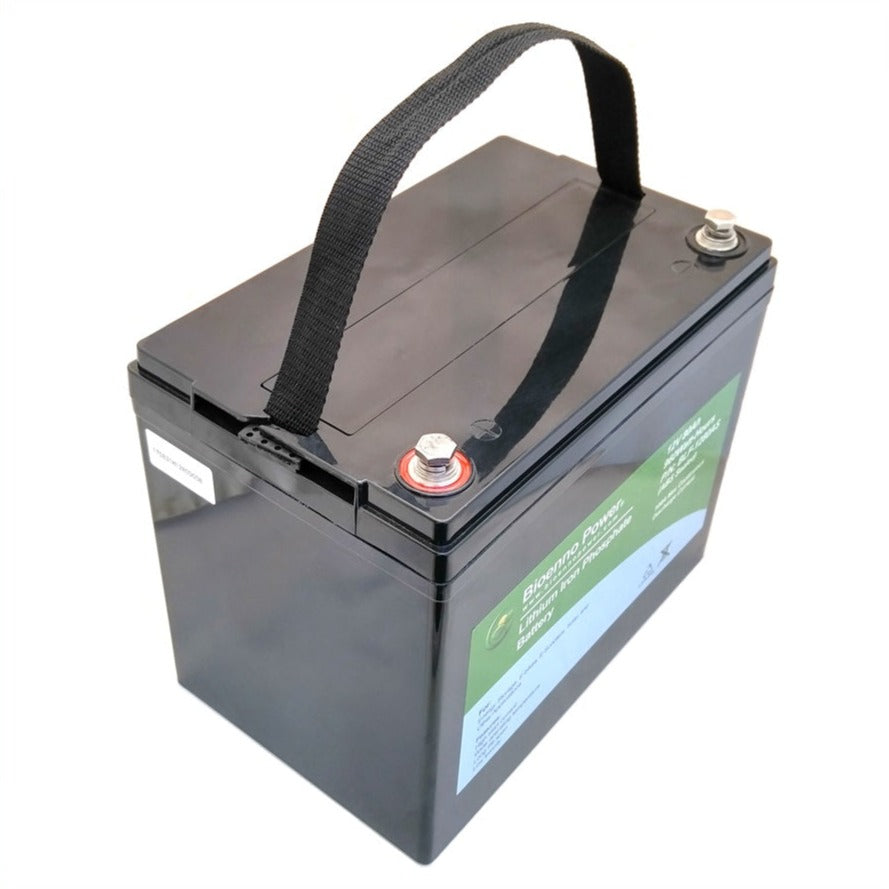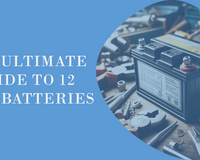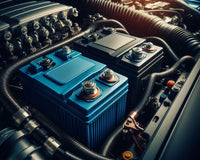A marine adventure can quickly turn into a crisis if your vessel's battery fails at sea. Knowing the right emergency procedures is crucial to ensure a safe and swift resolution. In this guide, we'll outline the essential steps to take when faced with a marine battery failure, focusing on the importance of a reliable deep cycle marine battery.
Understanding Deep Cycle Marine Batteries
When it comes to marine batteries, a deep cycle battery stands out for its ability to provide consistent power over an extended period. Deep cycle batteries are designed to handle frequent discharges and recharges, making them ideal for marine applications.
Recognizing Signs of Marine Battery Failure
- Dimming Lights: If you notice your vessel's lights dimming, it could be an early sign of battery trouble. Addressing this promptly is crucial to avoid complete failure.
- Slow Engine Crank: A sluggish engine crank indicates a weakened battery. Understanding this warning sign can help you take preventive measures before you find yourself in an emergency.
- Unusual Noises: Strange noises during startup might be a result of insufficient power reaching the engine. Investigating such sounds promptly can prevent further complications.
Immediate Actions to Take During Marine Battery Failure
To determine the severity of the battery failure and identify whether it's a complete shutdown or a partial power loss, follow these steps:
1. Assess the Situation:
Determine the severity of the battery failure. Identify if it's a complete shutdown or a partial power loss.
2. Switch to Reserve Power:
If equipped, promptly switch to an auxiliary or reserve battery to maintain essential functions while troubleshooting the main battery issue. This ensures critical systems remain operational, providing valuable time for diagnosis.
3. Check Battery Connections:
Ensure all battery connections are secure and free from corrosion. Examine terminals for any signs of looseness or corrosion, as these issues can disrupt the flow of power. Addressing poor connections can sometimes resolve partial power loss.
4. Utilize Jump Start Procedures:
Keep necessary tools on board for jump-starting the battery. Familiarize yourself with the proper jump-starting procedure for marine batteries. This may involve connecting to a secondary power source, such as another vessel or a portable power pack. Follow safety guidelines to prevent electrical hazards during the jump-start process.
5. Visual Inspection:
Conduct a visual inspection of the battery and surrounding components. Look for any visible signs of damage, leaks, or unusual smells that may indicate a more severe issue.
6. Instrumentation:
Use onboard instruments or gauges to assess the voltage levels. This can provide additional confirmation of the battery's condition and help in determining the appropriate course of action.
7. Check Electrical Accessories:
Test various electrical accessories like lights, radios, or navigation equipment. The performance of these systems can provide insights into the extent of the power loss.
8. Engine Response:
Attempt to start the engine and observe the response. The engine's behavior during startup can offer valuable information about the nature of the battery failure.
Long-Term Solutions for Marine Battery Reliability
Invest in Quality Batteries:
Opt for high-performance deep cycle marine batteries like those offered by Bioenno. Check out our detailed guide on choosing the ultimate marine battery.
Regular Maintenance:
Implement a routine maintenance schedule, including checking battery terminals, cleaning connections, and ensuring proper charging.
Get boat tow insurance
Services like BoatUS give you peace of mind knowing that help is just a quick tow away if a battery or other failure occurs on your next marine adventure.
Frequently Asked Questions (FAQs) - Emergency Procedures for Marine Battery Failure
How do I know if my marine battery is a deep cycle battery?
Deep cycle marine batteries are designed for consistent power over extended periods. Check your battery specifications or consult the manufacturer to confirm if it is a deep cycle battery.
Can I use any battery for my marine vessel, or is a deep cycle battery necessary?
While any battery may work, using a deep cycle marine battery is highly recommended. They are specifically designed for the demands of marine applications, providing reliable and sustained power.
How can I test the voltage levels of my marine battery?
Use onboard instruments or a multimeter to measure voltage across the battery terminals. A fully charged marine battery typically reads around 12.6 volts.
Are there specific safety precautions for jump-starting a marine battery?
Yes, ensure both vessels are in neutral with engines off during jump-starting. Follow safety guidelines to prevent electrical hazards. Refer to your vessel's manual for specific procedures.
What should I do if my engine makes clicking sounds during startup?
Rapid clicking sounds during startup suggest partial power loss. Check and address loose connections or switch to reserve power if available. Immediate action can prevent complete failure.
Can I use any secondary power source for jump-starting my marine battery?
It's recommended to use a secondary power source with sufficient voltage, such as another vessel or a portable power pack designed for jump-starting marine batteries.
How often should I switch to reserve power for maintenance purposes?
Reserve power should be periodically tested, preferably every few months, to ensure functionality. However, it is primarily intended for emergency situations. Regularly check and maintain your main battery for optimal performance.
What steps can I take to avoid marine battery failure in the future?
Invest in quality deep cycle marine batteries, perform regular maintenance, and educate yourself on marine battery care. Our comprehensive guide: 11 Tips for the Perfect Boating Adventure provides valuable information.
Where can I find more tips on choosing the right marine battery for my vessel?
For detailed insights on choosing the right marine battery, refer to our Ultimate Marine Battery Guide. It covers essential factors to consider when selecting a battery for your specific marine needs.

